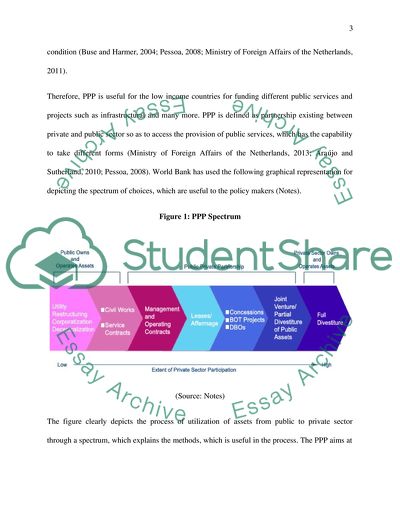Cite this document
(Financing projects Essay Example | Topics and Well Written Essays - 2000 words, n.d.)
Financing projects Essay Example | Topics and Well Written Essays - 2000 words. https://studentshare.org/finance-accounting/1877043-financing-projects
Financing projects Essay Example | Topics and Well Written Essays - 2000 words. https://studentshare.org/finance-accounting/1877043-financing-projects
(Financing Projects Essay Example | Topics and Well Written Essays - 2000 Words)
Financing Projects Essay Example | Topics and Well Written Essays - 2000 Words. https://studentshare.org/finance-accounting/1877043-financing-projects.
Financing Projects Essay Example | Topics and Well Written Essays - 2000 Words. https://studentshare.org/finance-accounting/1877043-financing-projects.
“Financing Projects Essay Example | Topics and Well Written Essays - 2000 Words”. https://studentshare.org/finance-accounting/1877043-financing-projects.


